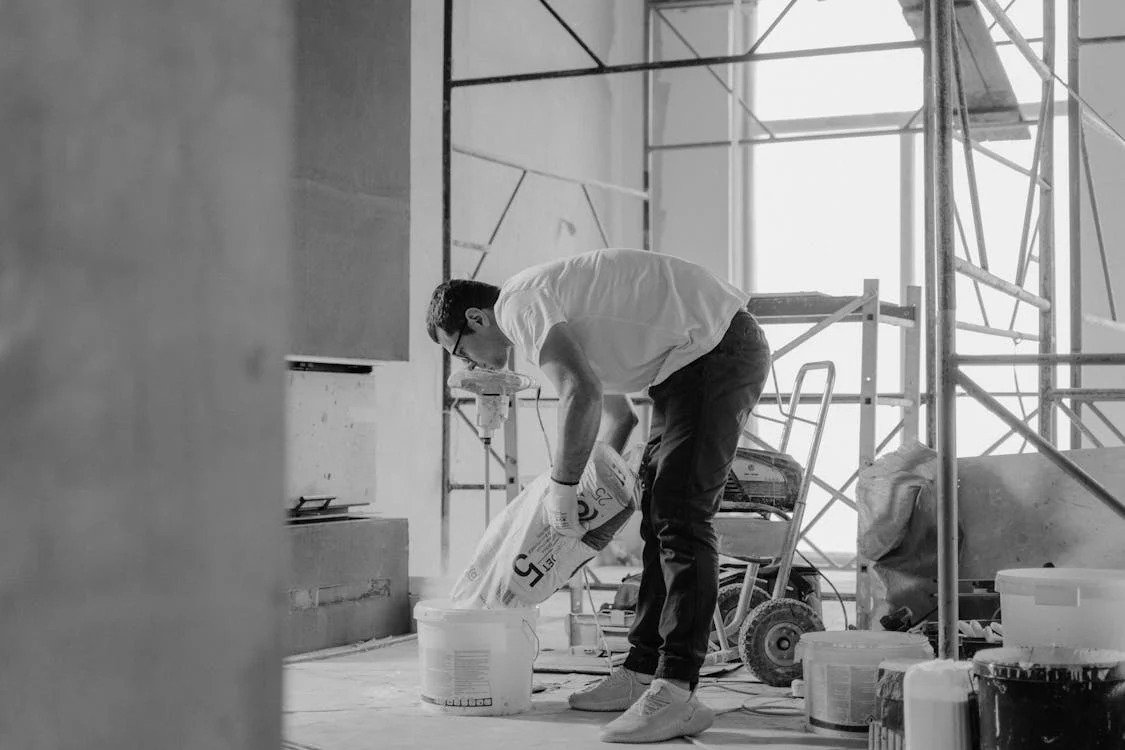In today’s world, it’s imperative to rethink the way we construct our built environment. Zero-waste construction is a revolutionary approach that prioritizes sustainability by minimizing waste and maximizing resource efficiency. By adopting this approach, we can significantly reduce our environmental footprint and create a more sustainable future.
What is Zero-Waste Construction?
Zero-waste construction is a design philosophy that aims to eliminate waste at every stage of the building process, from design and procurement to construction and demolition. This involves careful planning, efficient material use, and innovative recycling techniques. By embracing this concept, we can conserve valuable resources, reduce pollution, and create healthier, more resilient buildings.
Key Principles of Zero-Waste Construction
Design for Disassembly
Design for Disassembly (DfD) is a design philosophy that focuses on creating products, in this case, buildings, that can be easily disassembled and recycled at the end of their lifecycle. This approach minimizes waste and conserves resources by maximizing the reuse potential of building materials.
Here are some key strategies for implementing DfD in building design:
Modular Design:
Standardized Components: Using standardized, modular components that can be easily disconnected and reassembled reduces construction time and waste.
Prefabricated Systems: Prefabricated systems, such as prefabricated walls and floors, can be easily removed and reused in other projects.
Flexible Layouts: Designing buildings with flexible layouts allows for future modifications and adaptations without major demolition.
Material Selection and Use:
Recycled Materials: Prioritizing the use of recycled materials, such as recycled steel, aluminum, and wood, reduces the demand for virgin resources.
Non-Toxic Materials: Selecting non-toxic materials minimizes health risks and environmental impact during construction and demolition.
Durable Materials: Choosing durable materials that can withstand the test of time reduces the need for frequent replacements and repairs.
Connection and Fastening Systems:
Simple Connections: Using simple, standardized connection systems, such as bolts and screws, simplifies disassembly.
Avoid Adhesives: Minimizing the use of adhesives that can be difficult to remove and damage materials.
Labeled Components: Clearly labeling components during construction aids in efficient disassembly and reuse.
Detailed Documentation:
As-Built Drawings: Creating detailed as-built drawings that document the building’s construction and material specifications facilitates future disassembly and recycling.
Material Inventory: Maintaining an inventory of materials used in the building helps in identifying reusable components and recycling opportunities.
Efficient Material Use
Efficient material use involves optimizing the quantity and quality of materials used in construction. This can be achieved through:
Precise Calculations: Using advanced software and tools to accurately calculate material quantities and minimize waste.
Lean Construction Techniques: Implementing lean construction techniques, such as just-in-time delivery and waste reduction strategies, to streamline the construction process.
Optimized Design: Designing buildings with efficient layouts and minimal structural elements to reduce material usage.
Sustainable Material Selection
Sustainable material selection involves choosing materials that have minimal environmental impact throughout their lifecycle. Key considerations include:
Environmental Impact: Assessing the environmental impact of materials, including their extraction, processing, transportation, and disposal.
Renewable Resources: Prioritizing the use of renewable materials, such as wood from sustainably managed forests and recycled materials.
Low-Toxicity Materials: Selecting materials with low toxicity and minimal harmful emissions.
Waste Reduction and Recycling
Waste reduction and recycling involve implementing strategies to minimize waste generation and maximize the recovery of materials. Effective waste management practices include:
Recycling Programs: Establishing efficient recycling programs for construction and demolition waste, such as separating materials like metal, wood, and concrete.
Composting: Composting organic waste, such as food scraps and plant debris, to create nutrient-rich compost for landscaping.
Energy Recovery: Using waste-to-energy technologies to generate electricity or heat from waste materials.
Water Conservation
Water conservation involves implementing strategies to reduce water consumption during construction and building operation. Key water-saving techniques include:
Water-Efficient Landscaping: Selecting drought-tolerant plants and implementing efficient irrigation systems.
Water-Efficient Fixtures: Using water-efficient fixtures, such as low-flow toilets and showerheads, to reduce water usage.
Rainwater Harvesting: Collecting rainwater for irrigation and other non-potable uses.
Benefits of Zero-Waste Construction
- Environmental Impact Reduction: Minimizing waste and pollution, conserving resources, and reducing greenhouse gas emissions.
- Cost Savings: Efficient resource utilization and reduced waste disposal costs.
- Improved Health and Well-being: Creating healthier indoor environments with sustainable materials and reduced pollution.
- Enhanced Building Performance: Sustainable buildings often offer superior performance in terms of energy efficiency, durability, and occupant comfort.
- Positive Public Image: Demonstrating a commitment to sustainability and corporate social responsibility.
Challenges and Opportunities
While zero-waste construction offers numerous benefits, it also presents challenges such as initial cost, lack of awareness, and limited availability of sustainable materials. However, with increasing awareness and technological advancements, these challenges can be overcome. By embracing innovative solutions, collaborating with industry experts, and investing in research and development, we can accelerate the adoption of zero-waste construction practices.
Conclusion
Zero-waste construction is not just a trend but a necessity for a sustainable future. By prioritizing resource efficiency, minimizing waste, and adopting eco-friendly practices, we can create buildings that are both beautiful and environmentally responsible. Let’s work together to build a greener future, one sustainable project at a time.




